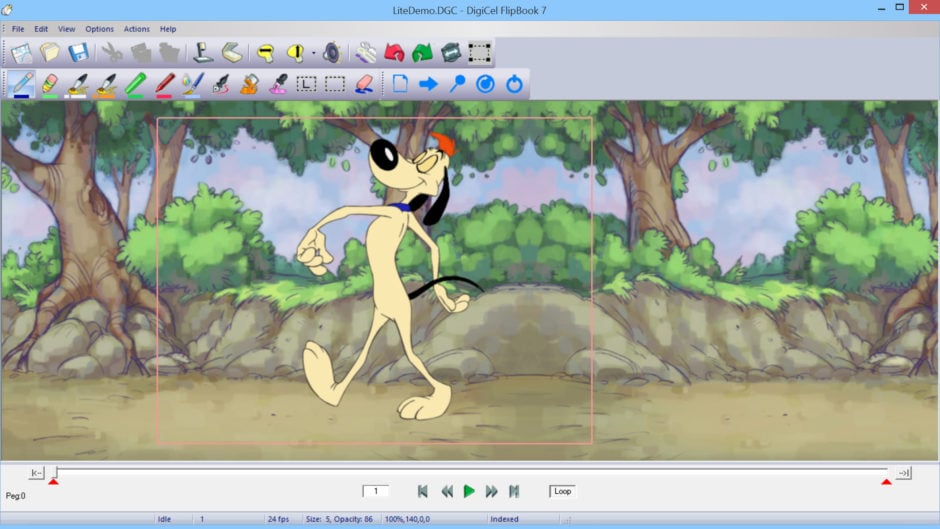

ConditionalsĬonditionals are parts of the program that work if something the program can check to see whether it is true. Variables can include information added by the user, or answers that are found as a result of a calculation. VariablesĪ variable is a piece of the program that can be changed. In the event that data is not transferred correctly, it can result in data loss. These machine-instructions will be loaded into the computer's memory so that the CPU can run them when the executable is opened. These files are generally called " executables". Once a program has been compiled, the instructions in " machine form" are written into a file that contains a series of numbers that the computer can understand. Some languages, called interpreted languages, use interpreters instead of assemblers or compilers. Programs written in a language more like English are converted by a compiler.


The simplest of these is assembly language. Writing these instructions directly in machine code takes a long time and is difficult, so instructions are written in a language easier for people to use, which the computer converts into "computer form" instructions (in other words, machine code) so the computer can follow them. Sometimes, programmers use special software, such as integrated development environments ( IDEs), which have many special parts, including a text editor, to help them to type and edit programs.Ĭomputers understand instructions directly if those instructions are written in machine code, special characters that can be processed by the computer but are difficult for humans to read. The instructions come in different languages they are called programming languages. A person who writes instructions is a computer programmer. Computer programming is the process of telling a computer to do certain things by giving it instructions.


 0 kommentar(er)
0 kommentar(er)
